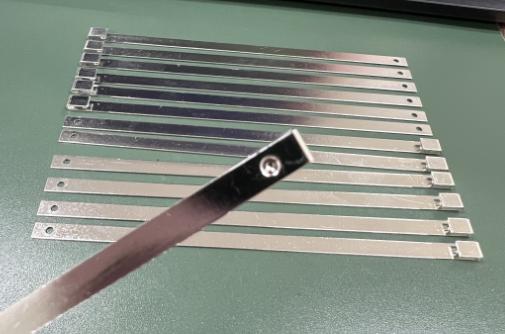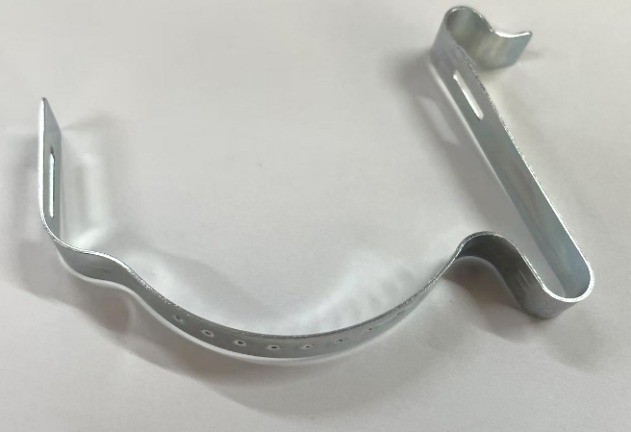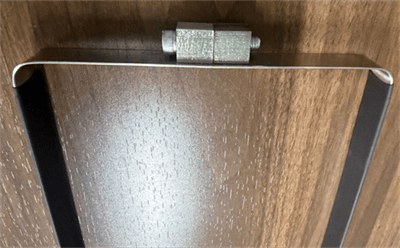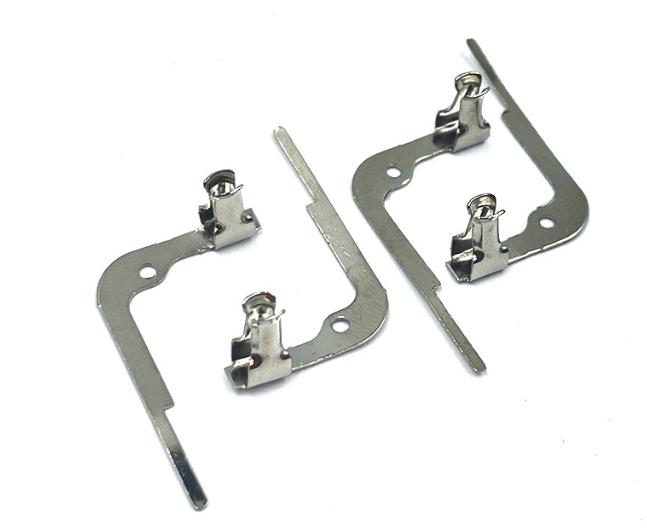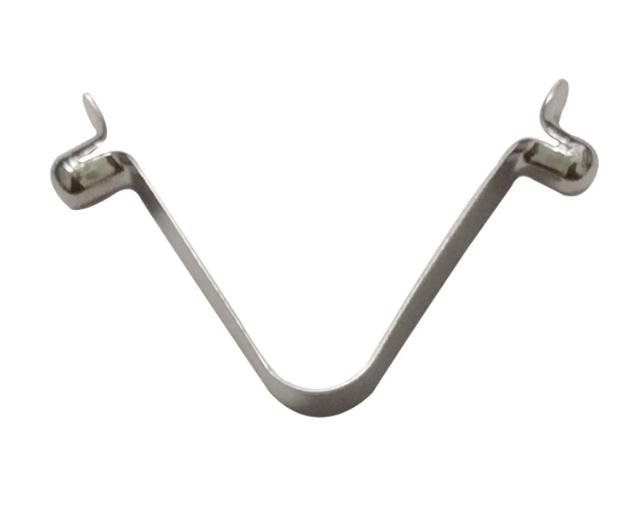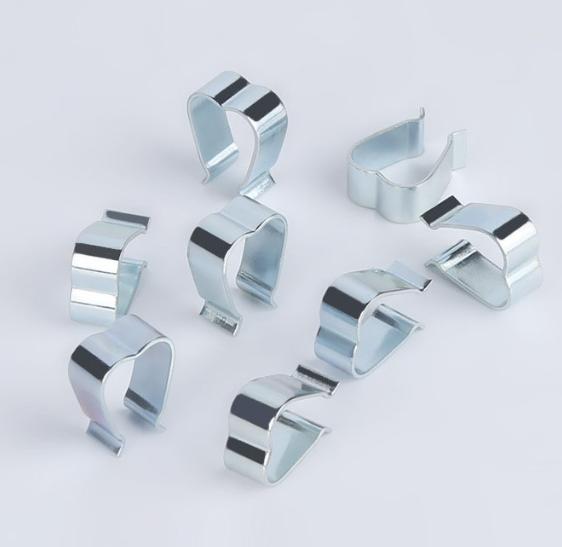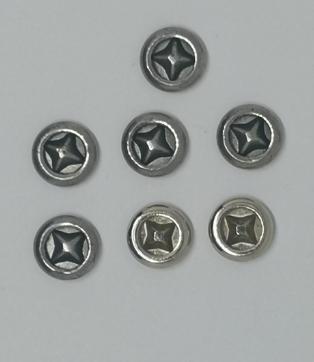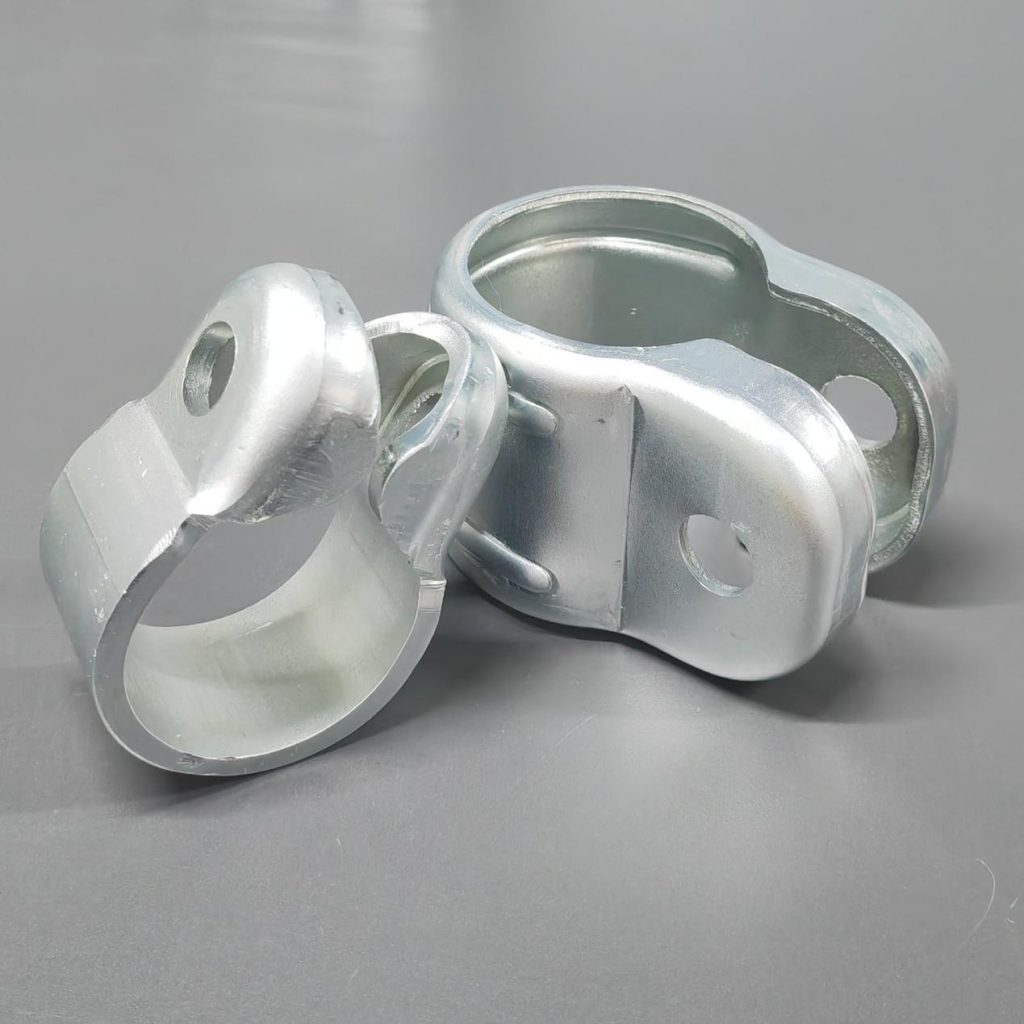The Importance of Stamping Performance for Precision Stamping Parts
In the ever-evolving landscape of manufacturing, quality reigns supreme. When it comes to precision stamping parts, achieving impeccable quality is not merely a desire but a necessity. This article delves into the intricate world of precision stamping, unveiling the crucial role of stamping performance in ensuring the success of these intricate components.
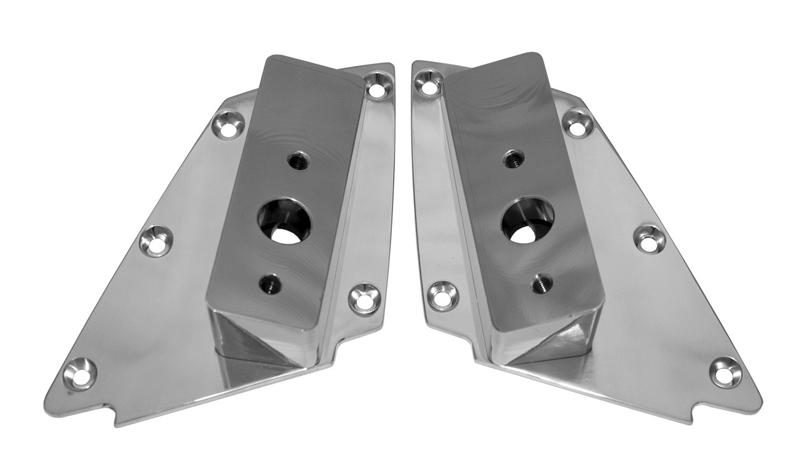
The Quest for Flawless Fabrication: Mastering the Art of Precision
For any metal stamping manufacturer, guaranteeing the quality of precision stamping parts is paramount. This extends beyond aesthetics; it’s about ensuring functionality, reliability, and performance that meet the most stringent standards. To achieve this, proficiency in the art of precision stamping is key.
Skilled artisans, armed with deep knowledge and meticulous attention to detail, are the backbone of this process. Their expertise in operating and maintaining equipment, coupled with their understanding of material properties and process parameters, is what separates high-quality parts from flawed ones. Constant learning and improvement are vital, as technology and materials evolve, demanding continuous adaptation and refinement of skills.
The Machinery Matters: Reliable Tools for Impeccable Results
The quality of precision stamping parts is not solely dependent on human skill; the equipment itself plays a critical role. Reliable, high-performance machines capable of simple operation, stable operation, and one-time forming are essential. Understanding the capabilities and limitations of each machine, and ensuring proper maintenance, are crucial aspects of achieving consistent and flawless results.
However, the path to perfection extends beyond the present. Staying ahead of the curve in terms of technology is essential. Investing in cutting-edge equipment and embracing innovative production techniques allows manufacturers to produce parts with even greater precision and efficiency.
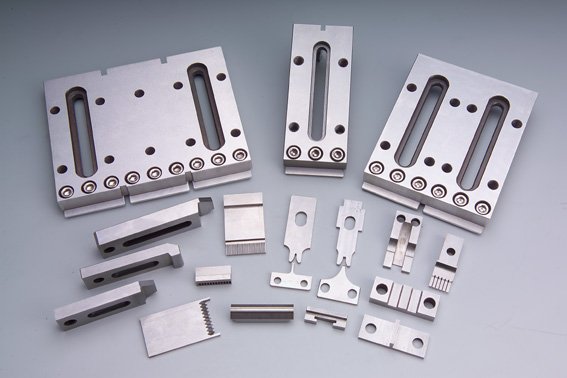
Material Matters: Choosing the Right Steel for the Forge
The heart of any precision stamping part lies in the material it’s crafted from. Selecting the right stamping material is a critical decision that influences the entire process. Stamping materials with optimal stamping performance are crucial for achieving high-quality, high-precision parts. This includes factors like:
- Maximum deformation degree: The material should be able to undergo the desired amount of deformation in a single stamping process, maximizing efficiency and minimizing waste.
- Wear and tear: The material should exhibit minimal wear and tear on both the precision stamping parts and the molds themselves, ensuring long-lasting performance and reducing maintenance costs.
- Process compatibility: The material’s thickness tolerance should meet national standards to avoid damaging molds or equipment and ensure consistent quality.
- Elongation and reduction in cross-section: High elongation and reduction in cross-section, along with low yield point and high tensile strength, enhance the stability of the stamping process, improve dimensional accuracy, and facilitate further processing.
- Mechanical bonding: The material should be adaptable to mechanical bonding, allowing for seamless integration with other components and reducing the risk of damage during assembly.
- Surface quality: A high-quality surface free from defects like oxidation skin, cracks, rust stains, scratches, and layering is essential for preventing damage during processing and ensuring a flawless final product.
By carefully considering these factors and selecting the optimal material for each project, manufacturers can guarantee the quality and performance of their precision stamping parts.
Beyond the Material: Process Parameters Play Their Part
While choosing the right material is crucial, optimizing process parameters is equally important. Factors like:
- Mold design: A well-designed mold that considers the order of blanking and forming sequences can significantly impact the accuracy and quality of the final parts.
- Punching clearance: The appropriate clearance between the punch and die is essential for preventing scrap and ensuring clean cuts.
- Pressure and speed: Selecting the right pressure and speed for the stamping process is crucial for achieving the desired deformation without compromising the material or the mold.
- Lubrication: Proper lubrication reduces friction and wear, ensuring smooth operation and extending the life of both the parts and the equipment.
By fine-tuning these parameters, manufacturers can further refine the stamping process and produce parts that meet the most stringent quality standards.
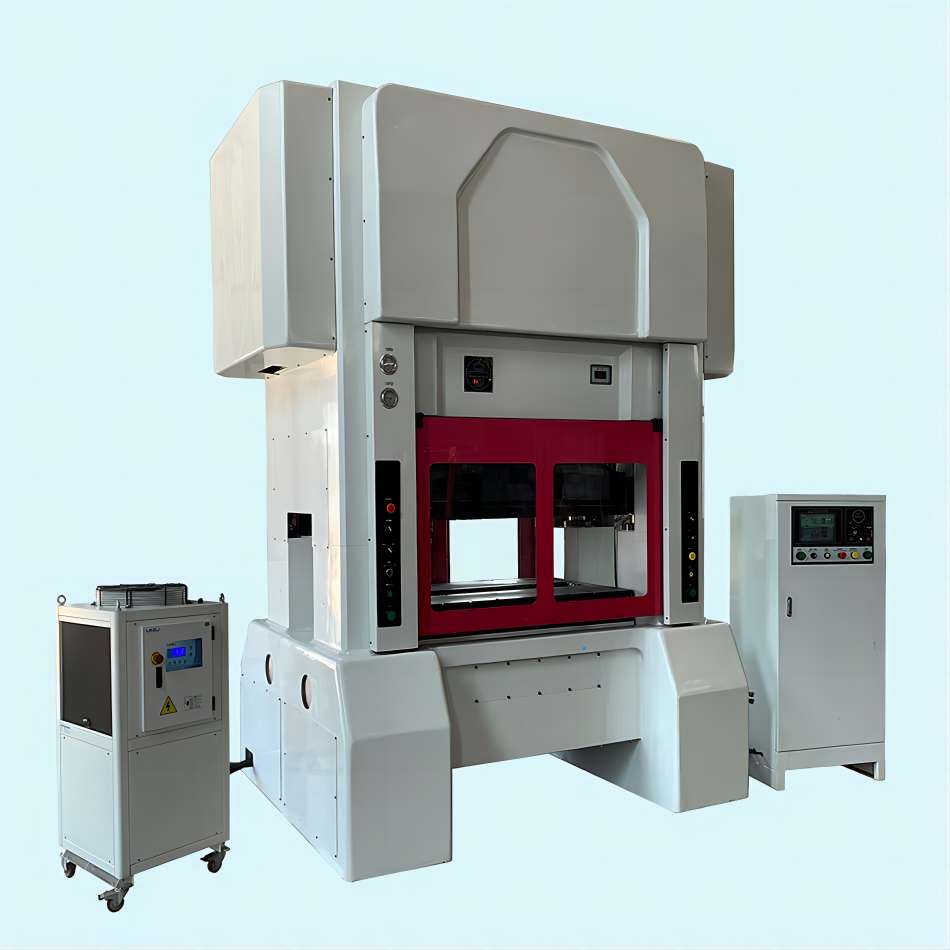
A Symphony of Skill and Technology: The Key to Precision Perfection
Achieving flawless precision stamping parts is not a singular endeavor; it’s a harmonious blend of skilled craftsmanship, cutting-edge technology, and meticulously chosen materials. By mastering the art of precision, embracing innovative techniques, and selecting the optimal materials and process parameters, manufacturers can transform raw materials into masterpieces of functionality and reliability. Remember, the quality of a precision stamping part is not simply a matter of chance; it’s a testament to the dedication and expertise of those who bring it to life.

